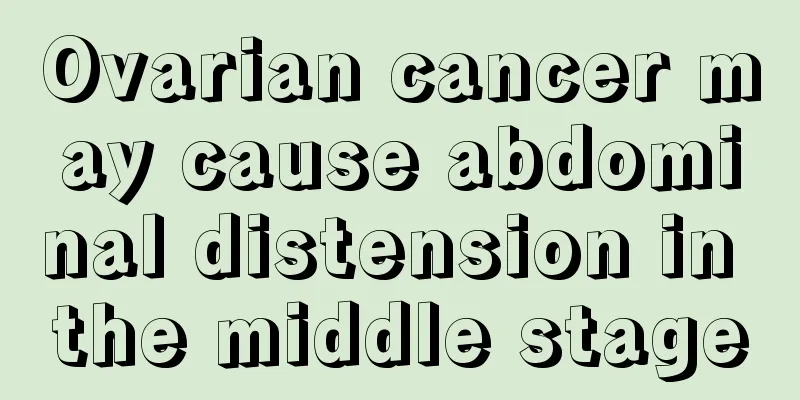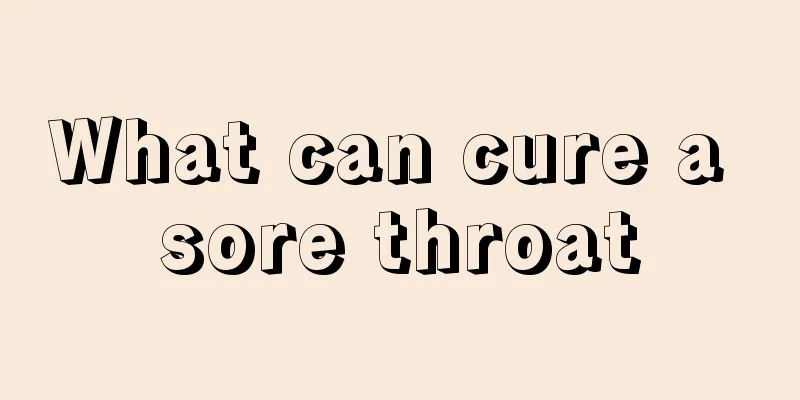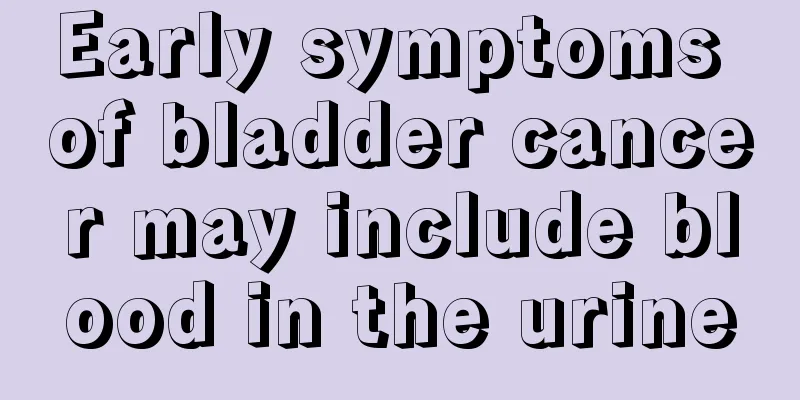The sequelae of nerve damage caused by acupuncture

|
Acupuncture is a relatively traditional Chinese medicine method, which is a general term for acupuncture and moxibustion. Acupuncture has many therapeutic effects, such as dredging meridians, harmonizing yin and yang, strengthening the body and eliminating evil, etc., and it is very popular among people because of its small side effects. However, improper acupuncture may cause adverse consequences. Some people have injured nerves during acupuncture treatment in private clinics, causing considerable pain to patients. The following article introduces the sequelae of nerve damage caused by acupuncture. The sequelae of nerve damage caused by acupuncture Nerve damage during acupuncture occurs when the needle accidentally hits a peripheral nerve. An immediate numbness and electric sensation will radiate to the extremities. Once damage occurs, sensory impairment may occur in the area where the nerve is distributed, including numbness, fever, pain, and decreased tactile and thermal pain sensations. At the same time, there are functional impairments of varying degrees, which are manifested as follows: facial nerve injury may cause paralysis of the ipsilateral facial muscles, and the inability to perform actions such as puffing the cheeks, raising the nose, and wrinkling the forehead; oculomotor nerve injury may cause diplopia, ptosis, and inability to turn the eyeball inward; trigeminal nerve injury may cause facial sensory impairment; radial nerve injury (such as improper acupuncture at the Quchi point) may cause wrist drop; median nerve injury (such as improper acupuncture at the Neiguan point) may affect thumb abduction, flexion, and opposition; ulnar nerve injury (such as improper acupuncture at the Shenmen point) may cause obvious atrophy of the hypothenar muscles and movement disorders of the little finger and ring finger; sciatic nerve injury may cause stiffness, hyperextension, and weakness of the knee joint when walking; tibial nerve injury (such as improper acupuncture at the Zusanli point) may cause inability to flex the foot and toes, limited foot adduction, disappearance of the Achilles tendon reflex and plantar reflex, and the patient touches the ground on the heel when walking and cannot stand on the toes. If the common peroneal nerve is injured, the main symptoms are foot drop, inability to extend the foot, lift the foot and raise the toes, and foot eversion. The foot cannot be lifted when walking and the gait is wide. How can acupuncture damage nerves? Injection of drugs into the acupoints selected during acupuncture may also damage nerves. In order to reduce the physical and chemical stimulation of drugs, when injecting deep into the acupoints and peripheral nerve trunks or branches, drugs with moderate concentrations and less irritation and acidity and alkalinity close to the neutrophil range should be selected. The dosage of some drugs can be appropriately reduced, or the concentration of the drug solution can be made close to the osmotic pressure of the tissue fluid. Generally speaking, when the concentration of the drug solution is too high, it should be diluted with water for injection; when the concentration is too low, normal saline should be used to increase the concentration appropriately. In addition, attention should be paid to the solvent of the drug. If it is an alcohol solution, it is not suitable for acupuncture injection. Precautions during acupuncture During acupuncture, attention should be paid to the correct location of the acupoints and the needle sensation during the operation. The filiform needles or injection needles used should be thin, with No. 28 or above being the best size. For injection needles, use No. 4 for superficial areas and No. 5 dental needles for deep areas. If the patient experiences pain in the acupoint area, fever, or a sensation of electric shock, do not tamper with the needle or insert the needle randomly. Instead, lift the needle tip and wait until these symptoms disappear before performing manipulation or injecting medication. It is necessary to distinguish between puncturing a nerve trunk or branch and stimulating the phenomenon of sensory transmission along the meridians; sensory transmission along the meridians is a special feeling of sourness, swelling, numbness and heat, which moves slowly along a certain route (at a speed of about 20cm/min), and is significantly different from the nerve conduction that is rapidly transmitted along the nerve pathway and is characterized by tingling, numbness and heat, and should not be confused. |
<<: What should I do if my child is infected with both viruses and bacteria?
>>: Is peripheral neuropathy easy to treat?
Recommend
Common methods of caring for pancreatic cancer patients
Pancreatic cancer develops rapidly and once disco...
Reasons for napping
Many people agree with the saying that people fee...
Does nasopharyngeal carcinoma develop quickly?
The development period is generally about one mon...
Reasons for the enlargement of the masseter muscle
People need to chew constantly when eating. The r...
What are the early symptoms and signs of laryngeal cancer
The early symptoms and precursors of laryngeal ca...
Experts analyze the three most common treatments for colorectal cancer
With the continuous advancement of medical techno...
What is the reason for cold and numb feet
Foot numbness is a very common phenomenon in dail...
What to do if there are black bugs in rice
If rice is stored for a long time, especially in ...
The main manifestations of different types of laryngeal cancer
Laryngeal cancer is a major hidden danger to peop...
Can babies with urticaria be vaccinated?
If your baby has urticaria, vaccination will be u...
How to eliminate flying termites
Flying termites are also called flying ants, whic...
Can corn silk treat high blood pressure? How to treat it?
Corn is a kind of grain we use for daily cleaning...
Tips for sweating when having a fever
Fever is a very common symptom. When there is inf...
It turns out that there are several best treatments for herpes simplex virus
Herpes simplex is a relatively common skin diseas...
What is the chance that a mother will pass on lymphoma to the next generation?
What is the chance that a mother with lymphoma wi...









